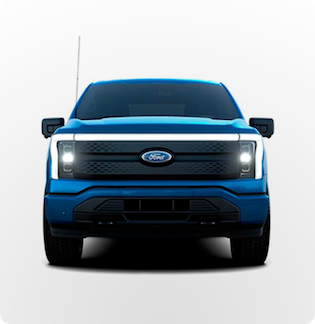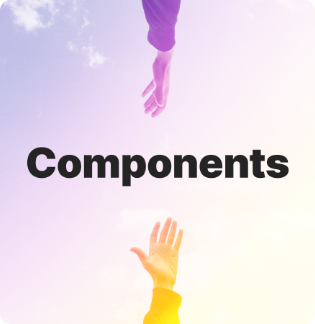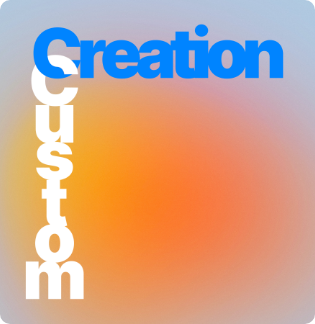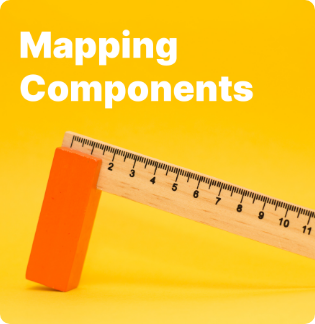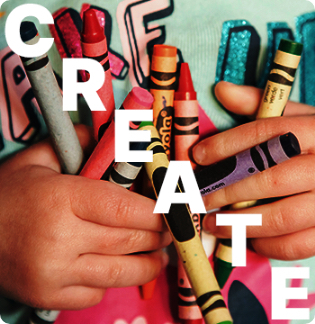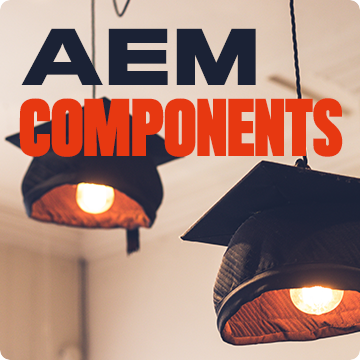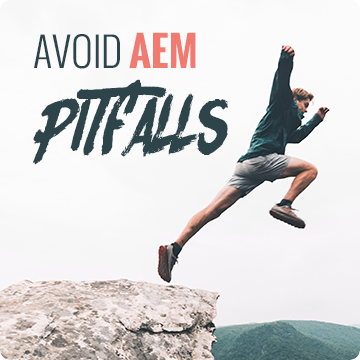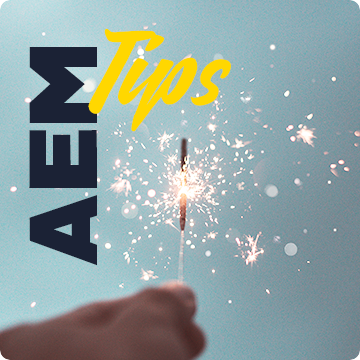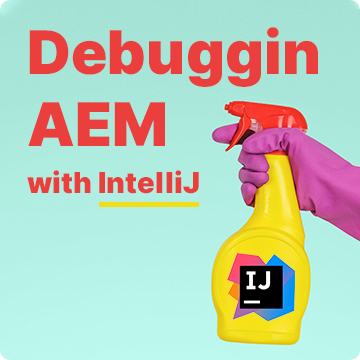Mavice launched one of its most sophisticated applications for Ford Motor Company ever: a dynamic towing and payload calculator in June 2022. This product answers the age-old consumer dilemma, “What powertrain, build, and truck model fits my towing and hauling needs?” Previously, choosing the correct combination of truck build parameters…
Category: AEM Development
Mavice partnered with Ford Motor Company to launch a redesigned vehicle homepage for the all-new, electric, 2022 Ford F-150 Lightning truck. The mission was to execute a content-rich, clean experience that evokes an informative, yet emotional, response to the newest and most innovative member of the Ford portfolio. The release…
Problem Ford needed to change the back-end vehicle data configuration engine and services to handle current and future business needs. The vehicle data configuration engine populates product-correct vehicle data and pricing information to downstream marketing properties. This change impacted the entire Tier 1 consumer-facing application portfolio which would need to…
*This article was modeled from the current Adobe React SPA documentation. Learn how to extend an existing Core Component to be used with the AEM SPA Editor. Understanding how to extend an existing component is a powerful technique to customize and expand the capabilities of an AEM SPA Editor implementation. Objective…
*This article was modeled from the current Adobe React SPA documentation. Create a Custom WeatherComponent Learn how to create a custom weather component to be used with the AEM SPA Editor. Learn how to develop author dialogs and Sling Models to extend the JSON model to populate a custom component. The Open…
*This article was modeled from the current Adobe React SPA documentation. Learn how to map Vue components to Adobe Experience Manager (AEM) components with the AEM SPA Editor JS SDK. Component mapping enables users to make dynamic updates to SPA components within the AEM SPA Editor, similar to traditional AEM authoring….
*This article was modeled from the current Adobe React SPA documentation. Understand how the source code for a Single Page Application (SPA) written in Vue can be integrated with an Adobe Experience Manager (AEM) Project. Learn to use modern front-end tools, like a webpack dev server, to rapidly develop the SPA…
*This article was modeled from the current Adobe React SPA documentation. Welcome to a multi-part tutorial designed for developers new to the SPA Editor feature in Adobe Experience Manager (AEM). This tutorial walks through the implementation of a Vue application for a fictitious lifestyle brand, the WKND. The Vue app will be…
*This article was modeled from the current Adobe React SPA documentation. Learn how to use an Adobe Experience Manager (AEM) Maven project as a starting point for a Vue application integrated with the AEM SPA Editor. Objective Understand the structure of a new AEM SPA Editor project built from a…
Recently we were offered the challenge to integrate an AEM implementation with the Kaltura Media Platform, so we dove in and rose to the challenge.
An increasingly common use-case for enterprise web implementations is the need for components that support the ability to be displayed in context within a site, but also syndicated for consumption by third-party web applications.
Caching has become a norm in pretty much all modern web applications. Caching static assets improves the load time of web applications by reducing the calls that it needs to make to retrieve resources, and by also reducing network congestion.
Live Reloading has become a norm in the day to day development of modern web applications. With the help of Live Reloading, many developers save time and are able to focus more on development by avoiding the build process with each change to a static file that is served.
During development, debugging your application can be very useful in determining the location of defects, evaluating expressions and understanding the overall flow of the application.

